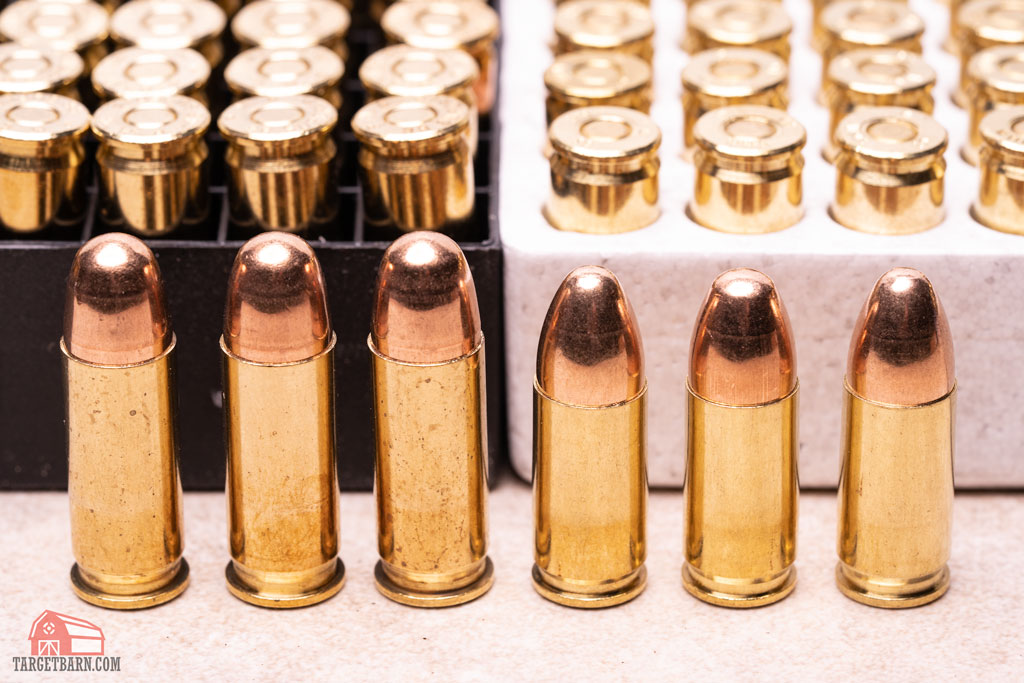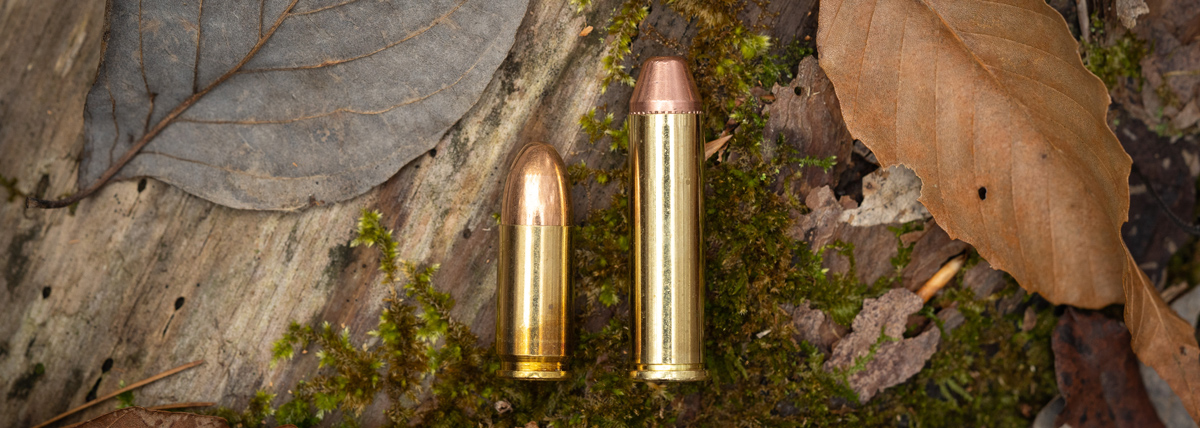

Further, the tests which net the results we discuss about penetration and expansion need to be assessed alongside a substantially sized grain of salt. 9mm are close enough that in a real world situation, the damage done by each round is - for practical purposes - about the same. When it comes to performance after barrier penetration (particularly auto glass in the FBI eight-part test) the bigger bullets will typically get more mass through the glass to do more damage to the target.Īll that having been said, the margins between the performance of. Sometimes, the 9mm will do better in penetration because of its high sectional density and because it easier to push a smaller frontal area through the tissue simulator.

The bigger the bullet, the bigger the hole it makes.

When comparing apples to apples (same brand/bullet design across the calibers) bigger calibers will almost always expand to a larger diameter and penetrate a little further. Differing performance between the 9mm and. 40 caliber.Īnother reason for the cost differential is that there are many more 9mm cartridges sold than. The materials used to make cartridges - particularly the lead, zinc, copper, and tin - are sold by weight (provided that other factors like the number of units are the same) so with less materials used, the cost to manufacture 9mm is slightly less costly than. One of the biggest differences is that 9mm ammunition is generally cheaper because of the disparity in the cost of materials. 40 cal guns emerging - but availability of more purchase options as a factor, the 9mm still has a slight edge. This is quite probably because there simply are more pistols on the market chambered in 9mm. 40 caliber pistol is - with some exception - restricted to United States deployment. 40 also delivers more felt recoil and has a slightly higher recoil velocity.Īnother difference is that the 9mm round is in pistols around the globe. 40 caliber will be a little slower in velocity. 40 caliber cartridge typically sports a heavier bullet with loads between from 135 to 180 grain, compared to between 115 and 147 grain for the 9mm. The two cartridges have some substantially different characteristics. 40 has definitely gained traction, but the 9mm remains far more commonly used. 40 design was to take a parent of the FBI’s 10mm load, shorten the case and enable a larger round in existing 9mm designs without having to make significant modifications to the frame. Georg Luger designed the 9mm in 1901, releasing it to the market about a year later. 4 important factors in the 9mm pistol debateįor starters, the 9mm is a far older design.


 0 kommentar(er)
0 kommentar(er)
